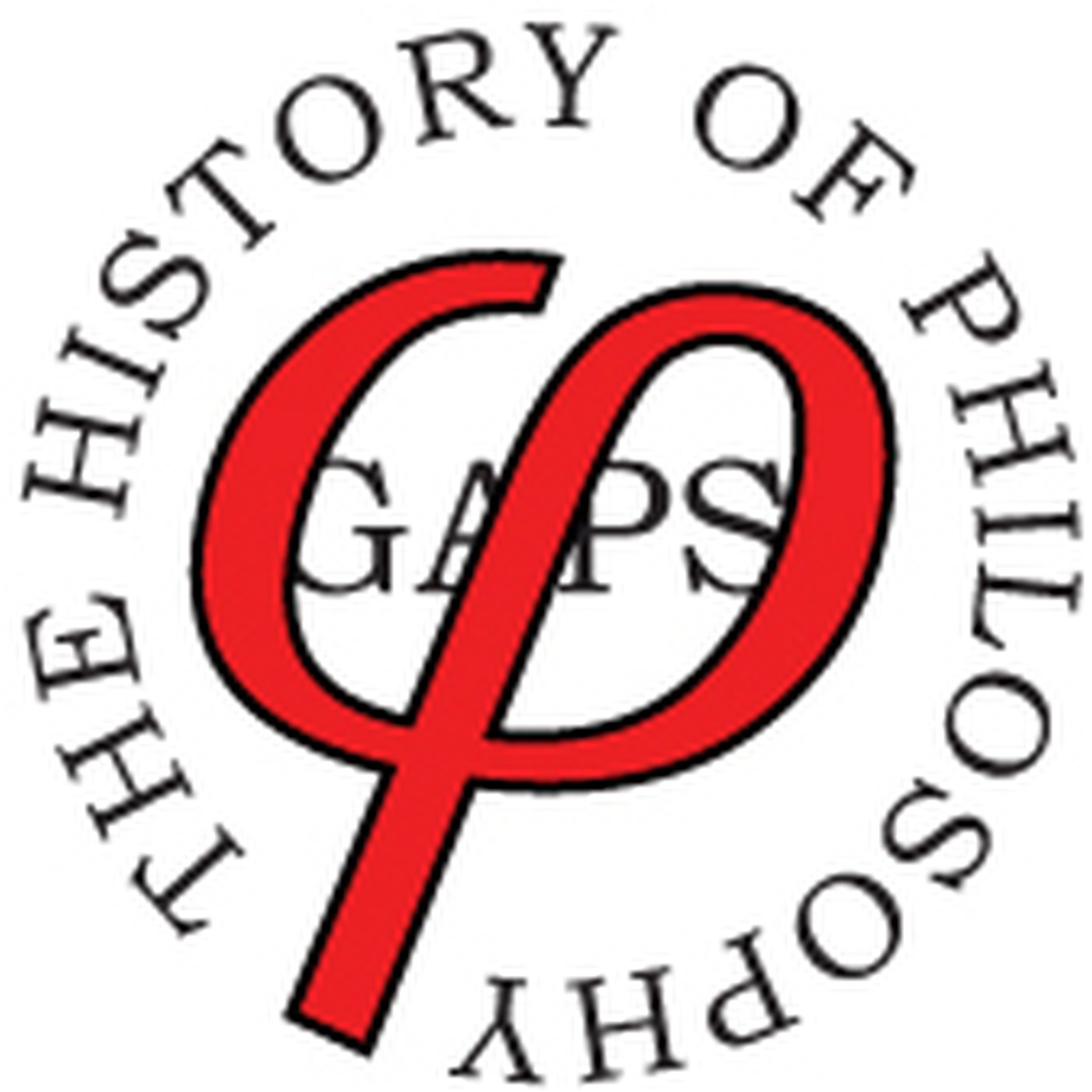We're sunsetting PodQuest on 2025-07-28. Thank you for your support!
Export Podcast Subscriptions
HoP 470 Gary Hatfield on Descartes' Meditations
2025/5/25

History of Philosophy Without Any Gaps
G
Gary Hatfield
Gary Hatfield: 笛卡尔首先是数学家和科学家,然后才是形而上学家。他在17世纪20年代发现了折射定律,解决了帕普斯轨迹问题,并创立了解析几何。理解笛卡尔需要认识到他首先是一位科学家。大约在1629年到1630年,他放弃了《指导原则》,开始撰写《沉思录》的初稿,并创作了两部关于普遍物理学的作品:《论光》和《论人》。笛卡尔将这两部作品描述为他的物理学著作,并承诺为这些物理学著作提供形而上学的基础。然而,《沉思录》的表面目的是证明上帝的存在和灵魂的不朽,但笛卡尔私下里告诉梅森,《沉思录》包含了他的物理学的所有基础,但他希望读者先接受他的物理学,然后再意识到它反驳了亚里士多德的物理学。因此,《沉思录》在笛卡尔的哲学体系中扮演着一个具有策略性的角色,它既是形而上学的证明,也是为他的新物理学奠定基础的工具。笛卡尔主要针对经院派亚里士多德主义者,这驱动了《沉思录》中的许多内容。经院派亚里士多德主义有三个主要观点是笛卡尔特别反对的:感觉性质的相似性理论、实质形式理论和认识论。笛卡尔反对感觉性质的相似性理论,并提出自然界中事物的种类不是通过实质形式来区分,而是通过它们的微粒结构来区分。笛卡尔声称用具有不同大小、形状和运动的粒子集合来解释所有自然事物。笛卡尔否认基本知识来自感官图像,并将感觉和想象与他称之为纯粹理智的纯粹智力认知能力区分开来。笛卡尔在《沉思录》中试图训练读者使用这种纯粹的理智,因为他认为大多数人在童年时期都变成了亚里士多德主义者。
Deep Dive
This chapter explores the background and aims of Descartes' Meditations. It discusses when and why Descartes wrote the Meditations, its relation to his other works, and its intended role in establishing his physics and metaphysics. The chapter also highlights the intended purpose of proving God's existence and the immortality of the soul, while acknowledging that the work plays a more significant role in establishing the foundations of Descartes' physics.
- Descartes' work on the Meditations began around 1629-1630, after he abandoned his earlier work, The Rules for the Direction of the Mind.
- The Meditations were intended to provide metaphysical foundations for Descartes' physics, which he had developed in works such as Treatise on Light and Treatise on Man.
- The stated aim of the Meditations was to prove the existence of God and immortality of the soul, but Descartes' correspondence reveals a more clandestine purpose: to establish his physics by refuting the Aristotelian view.
Shownotes Transcript
We're joined in this episode by a leading expert on one of the most famous works of philosophy ever written: Descartes' Meditations.